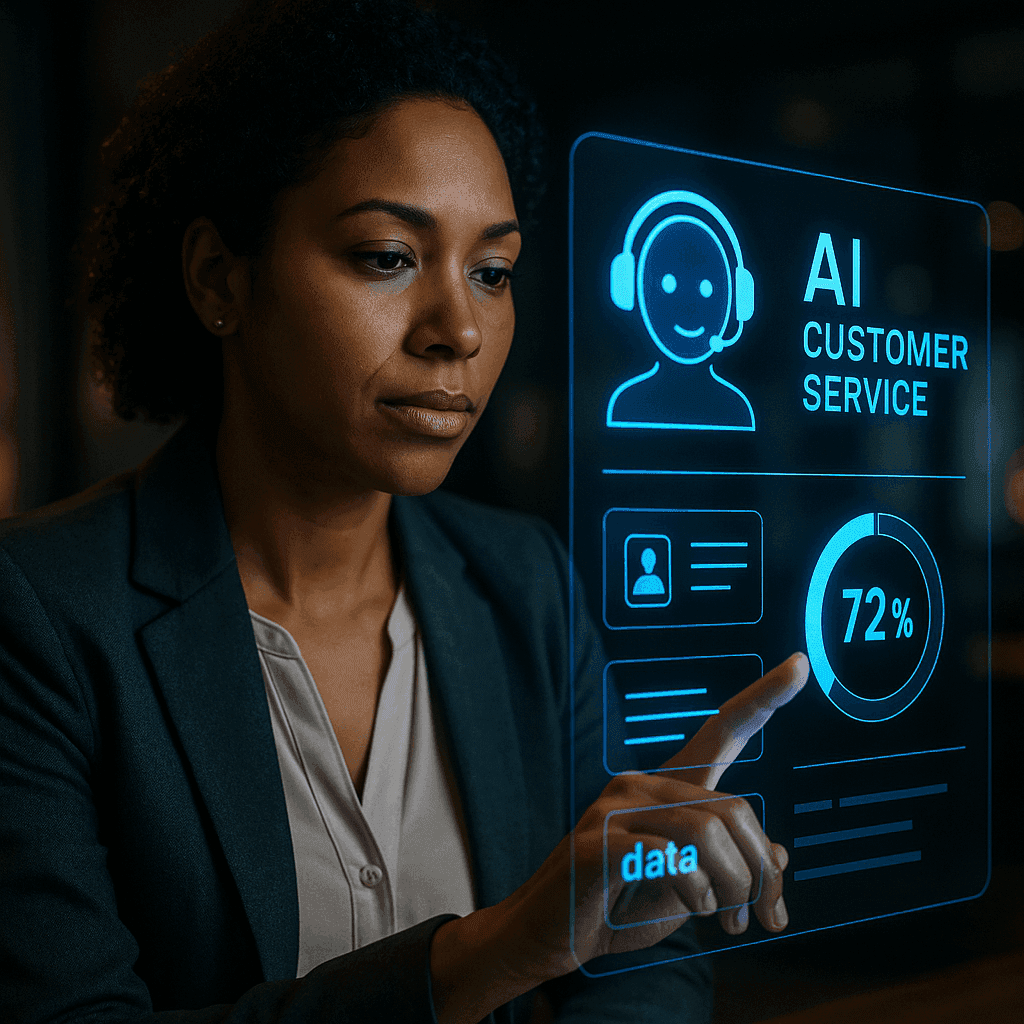Narrow AI vs General AI vs Superintelligent AI: Explained in Plain Language

Narrow AI vs General AI vs Superintelligent AI: Explained in Plain Language
When people talk about Artificial Intelligence (AI), they often mix up different “types” or “levels” of AI.
Understanding these levels is important — it helps you see where we are today, where we’re headed, and what each stage could mean for businesses and society.
Tip: If you’re new to AI, read our What Is Artificial Intelligence? article first for a simple introduction.
Level 1: Narrow AI — The Specialist Intern
Definition:
AI that can do one specific job extremely well, but can’t go beyond what it was designed for.
Examples:
- Siri or Alexa answering basic questions
- Email spam filters
- AI that predicts which customers might leave (customer churn prediction)
In business terms:
Like a highly trained intern who’s great at one task, but doesn’t understand the bigger picture.
Current status:
We use Narrow AI every day — in smartphones, search engines, online shopping, and more.
Level 2: General AI — The Adaptive Leader
Definition:
AI that can learn, understand, and perform any intellectual task a human can do.
Examples (future potential):
- An AI that could work in marketing today, switch to finance tomorrow, then lead HR next week
- AI that can hold deep conversations, adapt to new roles, and make complex decisions
In business terms:
Like a Chief Operating Officer (COO) who can step into any department and lead effectively.
Current status:
We’re not there yet. General AI is still a research goal, but breakthroughs in machine learning and reasoning are moving us closer.
Level 3: Superintelligent AI — The Visionary Mastermind
Definition:
AI that is more intelligent than any human in every area — from creativity and strategy to science and problem-solving.
Examples (hypothetical):
- Predicting global market shifts before they happen
- Inventing life-saving technologies
- Managing complex systems like climate control for the entire planet
In business terms:
Like having a boardroom filled with the wisest leaders in history, all working inside one mind.
Current status:
Purely theoretical — raises big questions about ethics, safety, and control.
Why These Levels Matter for Leaders
Knowing the difference helps you:
- See realistic opportunities for AI in your business today
- Understand the limitations of current AI
- Prepare for the opportunities and risks of future AI
Key Takeaways
- Narrow AI is here now, and it’s great for automating specific tasks.
- General AI will be able to adapt like a human leader — but it’s still in development.
- Superintelligent AI could solve massive problems but will also require careful human guidance.
Explore more AI insights:
- What Is Artificial Intelligence?
- How Businesses Are Using AI Today: 7 Real-World Examples
- AI for Customer Experience: How Voice AI Is Changing the Game
Written by the Voice2Me.ai Team — helping leaders combine AI-driven intelligence with human-centric leadership.
More Articles

The CX Revolution: 65+ AI Customer Service Stats You Need for 2025
Explore how AI is rapidly transforming customer service by 2025, from lightning-fast chatbots to hyper-personalization, and why a human touch still matters.

Is AI Taking Over Customer Service? What 2025 Really Looks Like
Explore how AI is reshaping customer service in 2025, from hyper-personalization to autonomous agents, and discover the essential balance between efficiency and the human touch.